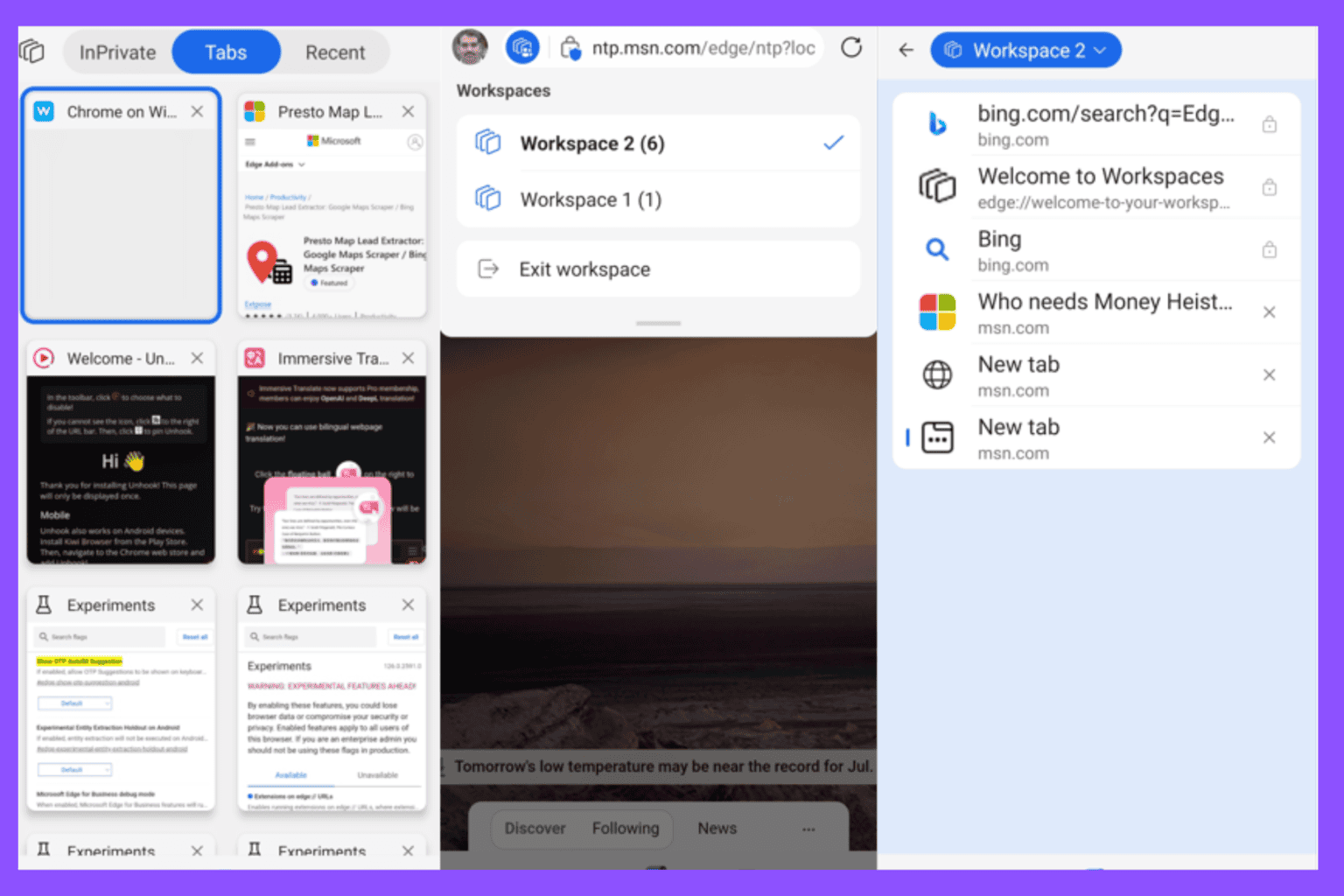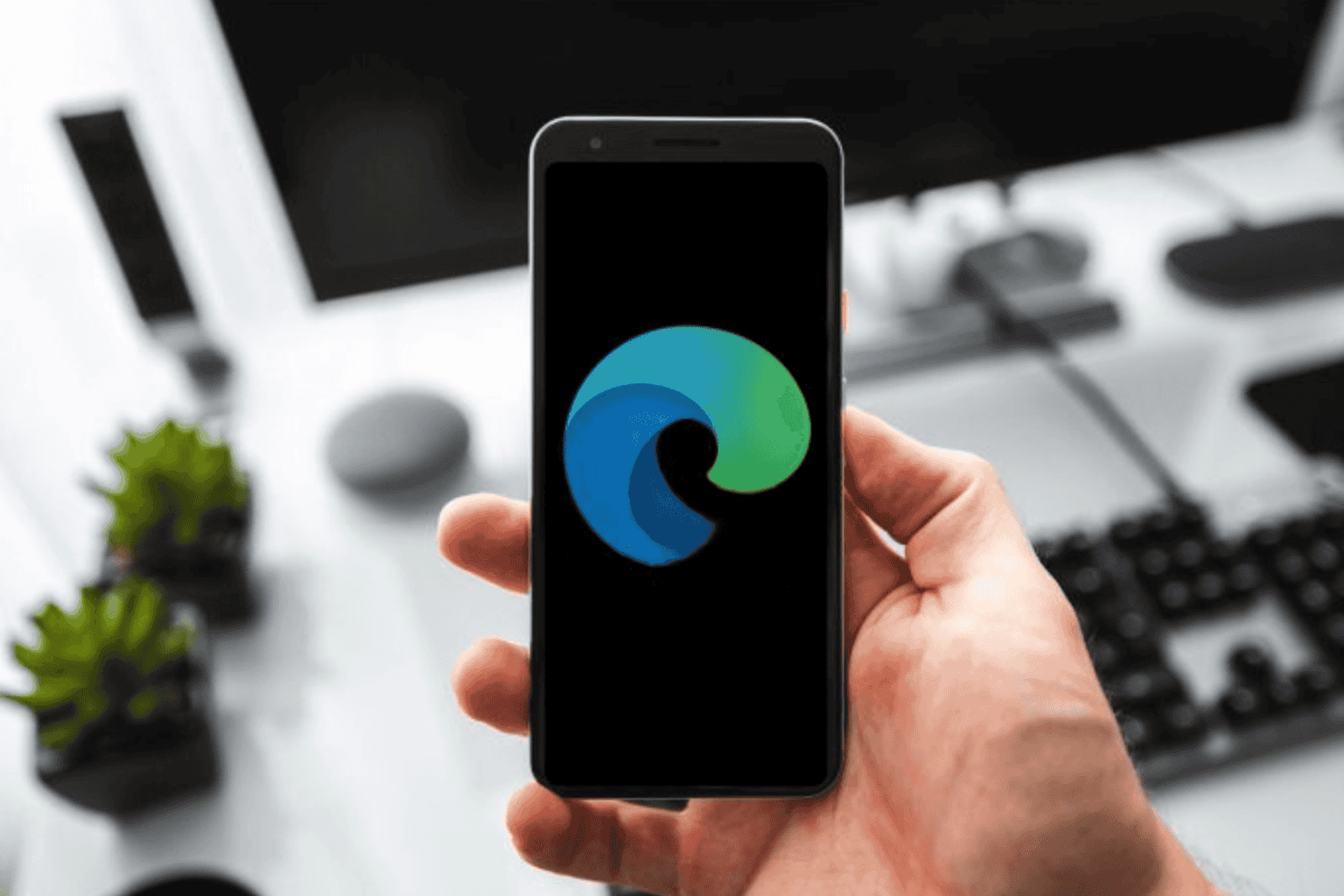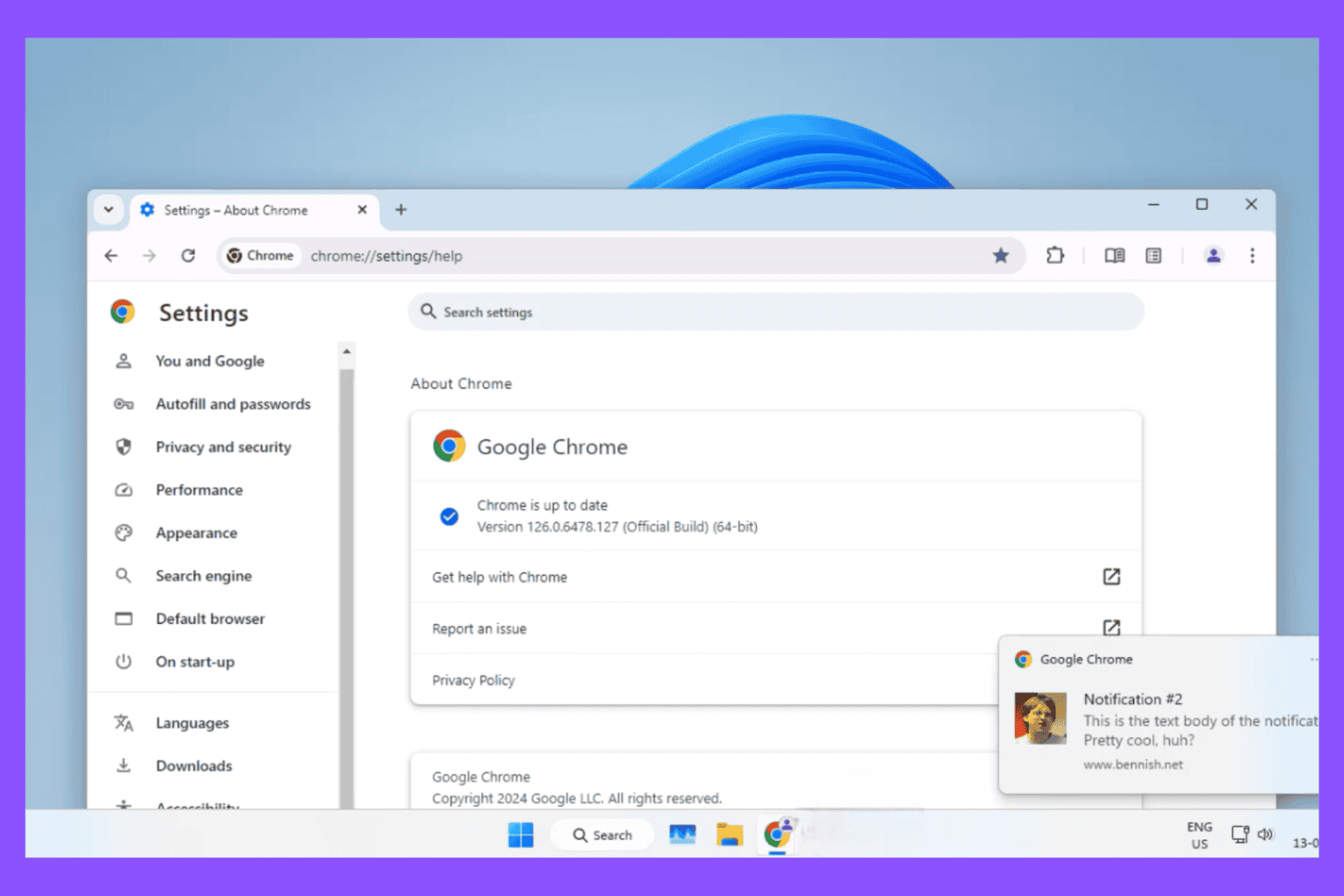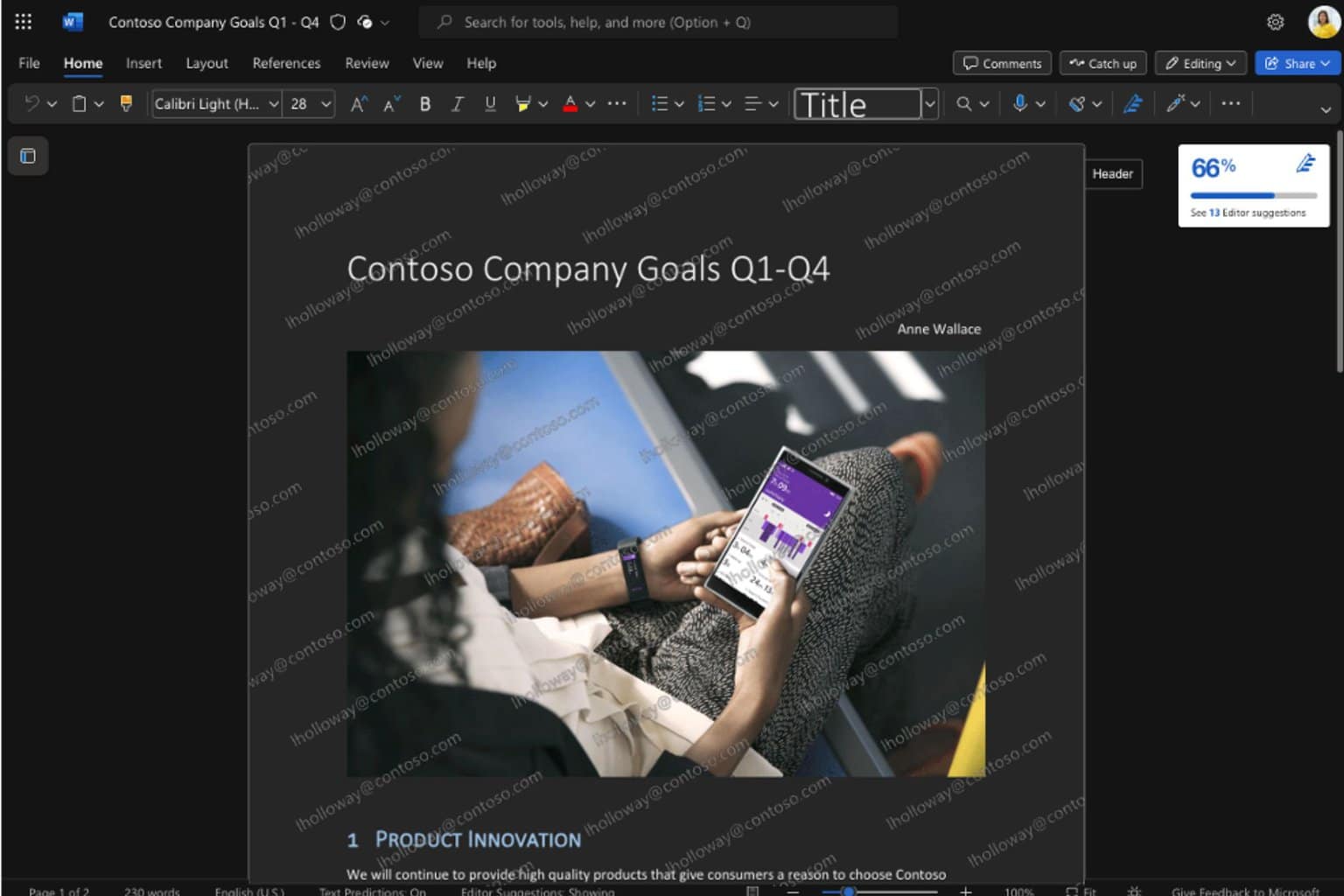Microsoft uses AI to design better Surface products
Soon, AI will help manufacturers design more sturdy products
3 min. read
Published on
Read our disclosure page to find out how can you help Windows Report sustain the editorial team Read more
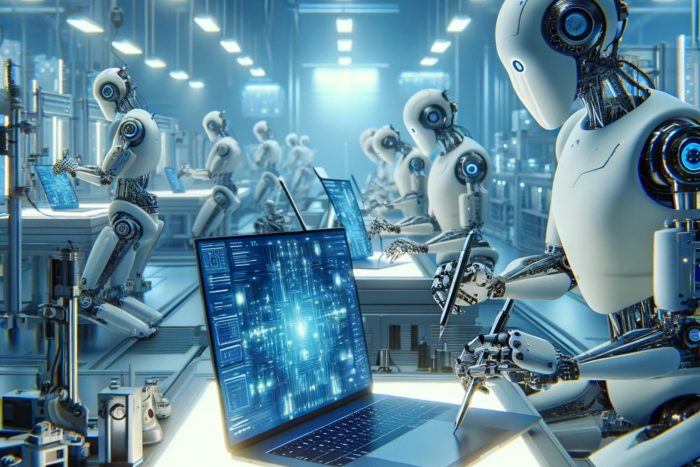
As you imagine, AI bots are not only good for chatting and generating images or text, but also in a lot of other areas like product design. According to a recent article, Microsoft is actively working towards with its Surface devices. The tech giant has been utilizing its own Azure High-Performance Computing (HPC) to revolutionize how products are designed, making the process faster, more efficient, and smarter.
Prasad Raghavendra Principal Engineer at Microsoft told the story in detail on how all this unfolds. Allegedly, Azure HPC began around 2015 when it started implementing Abaqus FEA software into their computing service. By 2016, the Surface Pro 4 and the original Surface laptop had their product-level structural simulations fully migrated to Azure HPC from on-premises servers. This move transformed how products are designed and tested.
How does designing work with AI?
Raghavendra says that the design process involves creating CAD (Computer-Aided Design) models to create the digital drawings of a product and all its components. These models are then translated into FEA (Finite Element Analysis) models, which can simulate various physical forces, like what happens when you accidentally drop your laptop.
But here’s where it gets really interesting. Microsoft’s Azure HPC allowed for these simulations to be executed on a scale previously unimaginable. We’re talking about hundreds of simulations in just a few days, evaluating various design ideas to ensure the device is as robust as possible. And the hinge design of a Surface laptop? It was optimized to perfection with just one iteration, thanks to these simulations. This not only saved precious time but also significant costs in tooling, prototyping, and testing.
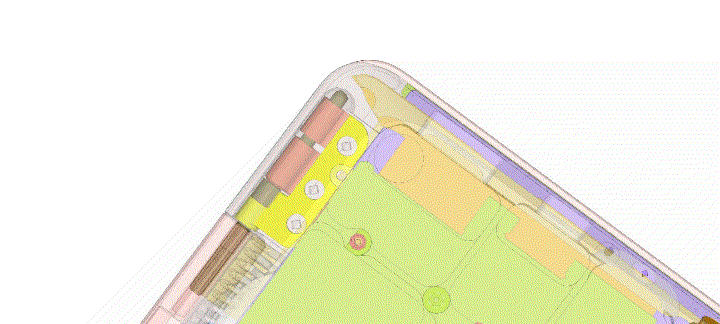
Microsoft isn’t stopping here. The company is looking to deploy more scalable simulation and Azure HPC resources for multi-disciplinary teams and multi-physics modeling. The goal is to enable machine learning and AI in product creation, driving large-scale innovations at a rapid speed. This means we can expect even more Microsoft Surface products designed with a little help from AI.
This is not only cutting costs for manufacturers, but also provides an easy way to create more practical and durable products. However, as with all other AI-related applications, you can’t just tell the LLM to design a better product because it doesn’t have a clue on how a real person would use that device.
So, what do you think about living in a world where your next laptop or tablet could be designed with the assistance of artificial intelligence? Tell us your opinion in the comments section below.

